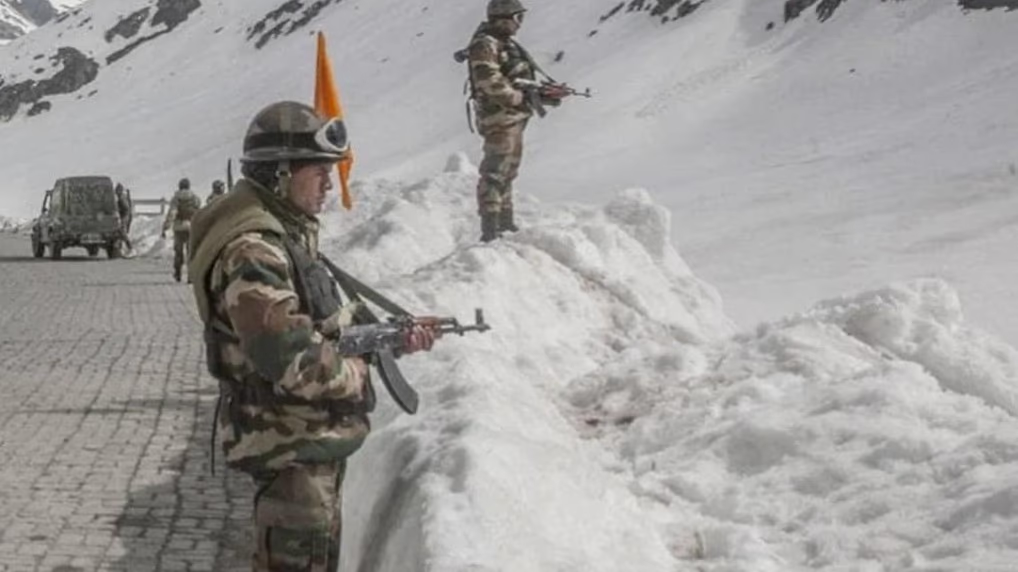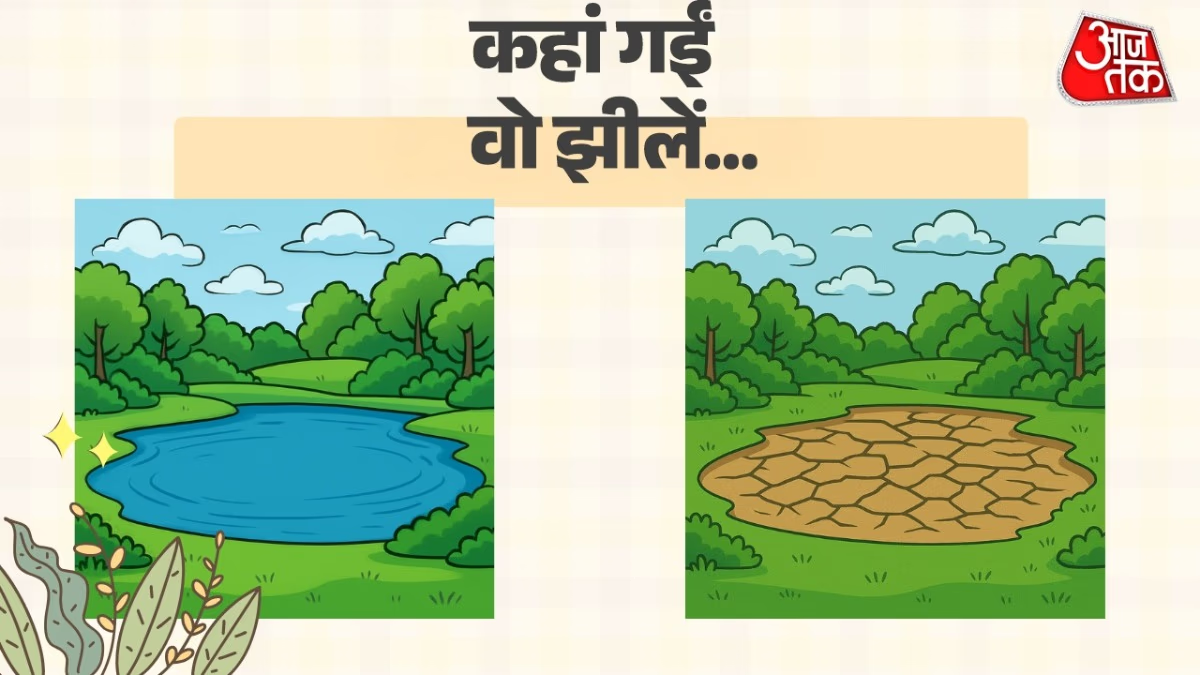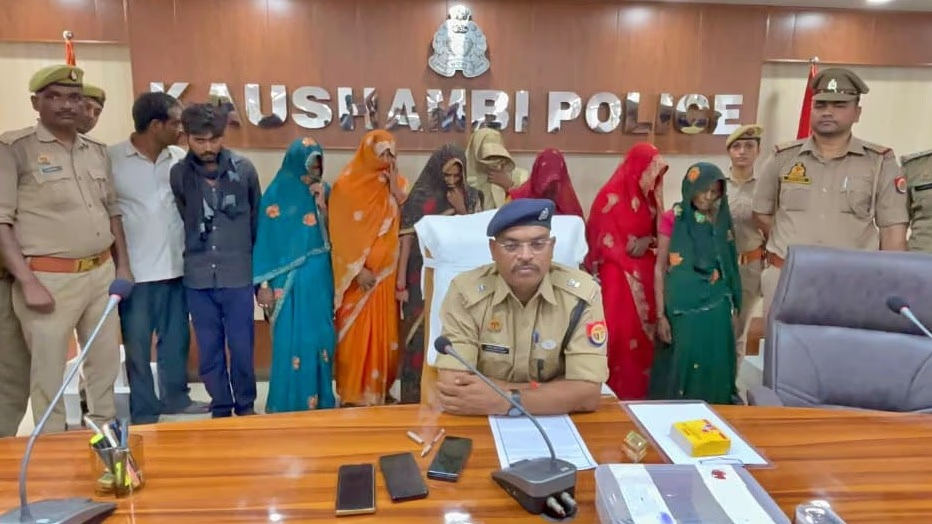On Thursday, diplomats from India and China met in Beijing with the aim of reducing tensions along the Line of Actual Control (LAC) and finding a timely resolution to the ongoing issues. The goal of this meeting and the discussions was to mitigate differences between the two nations regarding the border dispute and to take steps towards a permanent resolution, according to a statement released by the Indian Ministry of External Affairs (MEA).
The 31st WMCC Meeting in Beijing
The 31st meeting of the Working Mechanism for Consultation and Coordination on India-China Border Affairs (WMCC) was held in Beijing. The Indian delegation was led by Joint Secretary (East Asia) of the Ministry of External Affairs, Gaurangalal Das, while the Chinese delegation was headed by Hong Liang, Director-General of the Department of Boundary and Ocean Affairs of the Chinese Ministry of Foreign Affairs.
During the meeting, both sides emphasized that the restoration of peace and stability along the LAC is a basic prerequisite for the normalization of bilateral relations. The discussions underscored the necessity of having clear, constructive, and forward-looking conversations to reduce border tensions and resolve pending issues.
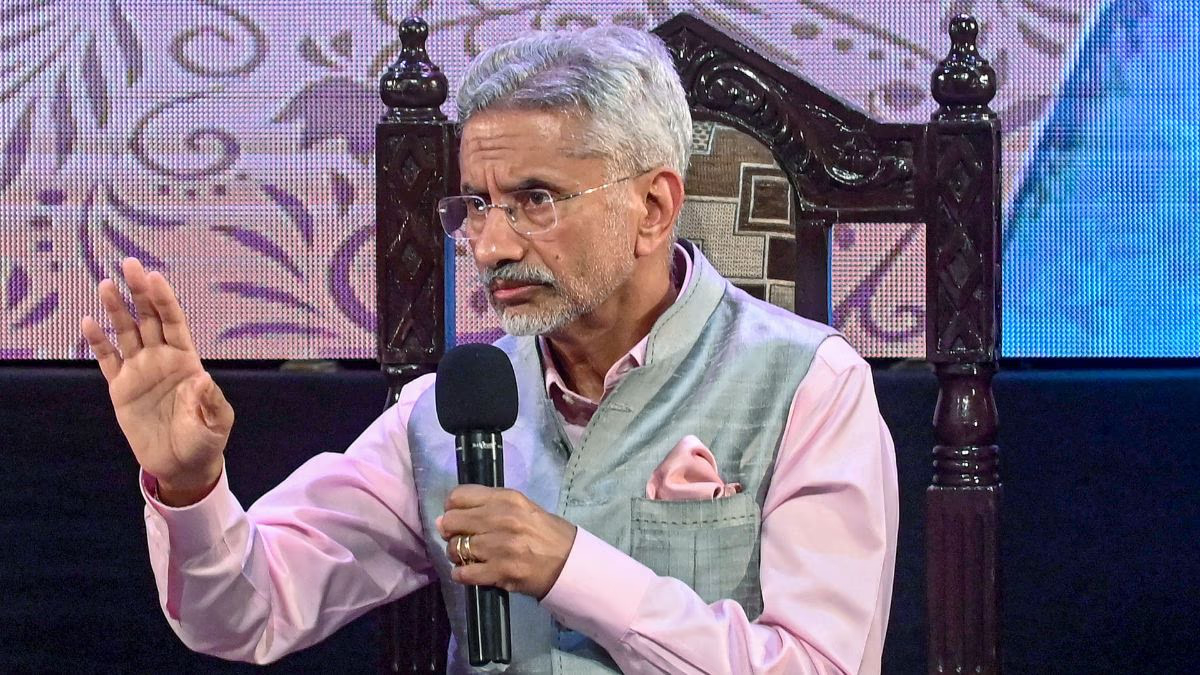
Source: aajtak
Progress in Previous Meetings
Based on the directions provided during the ministers' meetings in Astana and Vientiane in July, the emphasis of this meeting was on accelerating the discussion process. Both sides reviewed the decisions made during last month's WMCC meeting and exchanged clear and constructive views on the situation along the LAC to reduce differences.
The meeting also reached a consensus on enhancing diplomatic and military communication channels. Both nations decided to jointly strive for maintaining peace and stability in the border regions by adhering to relevant bilateral agreements, protocols, and the agreements made between both governments.
The Galwan Valley Clash and its Aftermath
Since May 2020, militaries of India and China have been entangled in a standoff along the LAC, including the violent clash in the Galwan Valley in June 2020. This clash is considered the most serious military confrontation between the two nations in decades. Since the clash, the relations between the countries have significantly deteriorated, and a full resolution of the border dispute remains elusive. However, both sides have withdrawn their troops from several conflict points.
What Did the Chinese Ministry of Foreign Affairs Say?
Following the meeting, the Chinese Ministry of Foreign Affairs also released a statement in Chinese, mentioning that the meeting took place in a positive, friendly, and clear atmosphere. Both sides exchanged deep ideas on reducing differences and expanding consensus regarding the LAC situation. They agreed to enhance dialogue and consultation, address each other's legitimate concerns, and reach an acceptable solution for both parties as soon as possible.
Agreement Points Between Both Countries
Both nations agreed to consolidate the results of the consultations, strictly adhere to the border-related agreements and confidence-building measures, and jointly maintain peace and stability in the border areas. Additionally, they concurred on jointly promoting the early resolution of the border situation as per the important consensus recently reached by the foreign ministers of both countries.
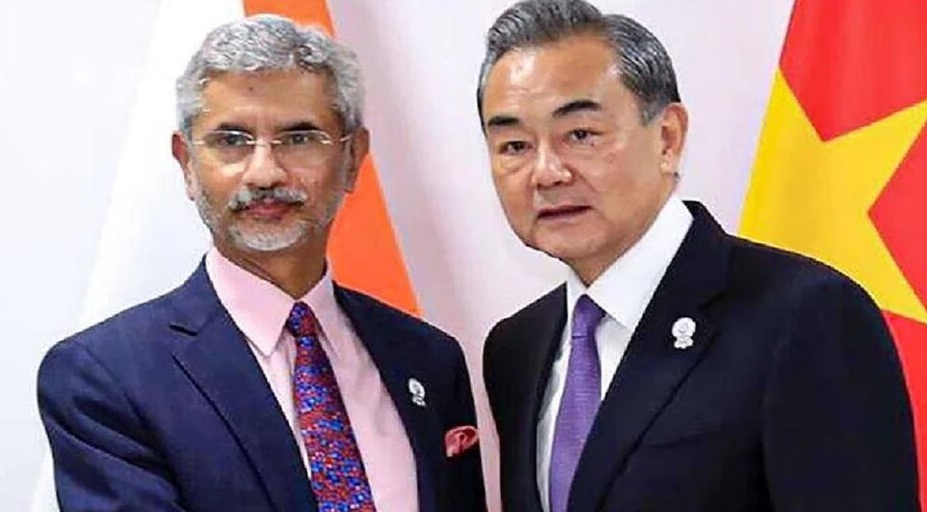
Source: aajtak
Talks Between Foreign Ministers
On July 25, Foreign Ministers S. Jaishankar and Wang Yi held talks in Vientiane during ASEAN-related meetings. During this dialogue, both ministers agreed on the need to meticulously work towards the complete withdrawal of troops from the remaining disputed areas along the LAC in Eastern Ladakh. Prior to this, a bilateral meeting took place between Jaishankar and Wang Yi on July 4 during the annual summit of the Shanghai Cooperation Organization (SCO) in Astana.
The Working Mechanism for Consultation and Coordination on India-China Border Affairs (WMCC) was established to facilitate the resolution of the border dispute through regular meetings. This 31st meeting in Beijing marked another significant step taken by both countries towards reducing differences and finding a resolution to the border dispute. It remains to be seen how much the situation along the border improves and how the relations between the two countries progress as a result of these meetings.
Which Areas of India are Disputed with China?
1. Pangong Tso Lake (Ladakh):
This lake is 134 kilometers long, located in the Himalayas at an altitude of about 14,000 feet. 44 kilometers of the lake lies in India, while about 90 kilometers lies in China. The LAC also passes through this lake, creating confusion and leading to disputes between the two nations.
2. Galwan Valley (Ladakh):
Located between Ladakh and Aksai Chin, the LAC here separates Aksai Chin from India. The valley stretches from southern Xinjiang in China to Ladakh in India. A violent clash occurred here in June 2020.
3. Doklam (Bhutan):
Though Doklam is a dispute between Bhutan and China, it lies near the Sikkim border and acts as a tri-junction where China, Bhutan, and India are close to each other. Both Bhutan and China claim this area, with India supporting Bhutan's claim. In 2017, there was tension between India and China over Doklam for about two and a half months.
4. Tawang (Arunachal Pradesh):
China's interest in Tawang has always been high. Tawang is a major religious site for Buddhists and is considered the largest Buddhist monastery in Asia. China claims Tawang as part of Tibet. In the 1914 agreement, Tawang was recognized as part of Arunachal Pradesh. In the 1962 war, China captured Tawang but had to relinquish control under the ceasefire agreement.
5. Nathu La (Sikkim):
Nathu La is a mountain pass in the Himalayas, connecting Sikkim in India with the Chumbi Valley in southern Tibet. It stands at an altitude of 14,200 feet. Nathu La is not disputed but has seen occasional skirmishes between the Indian and Chinese armies.
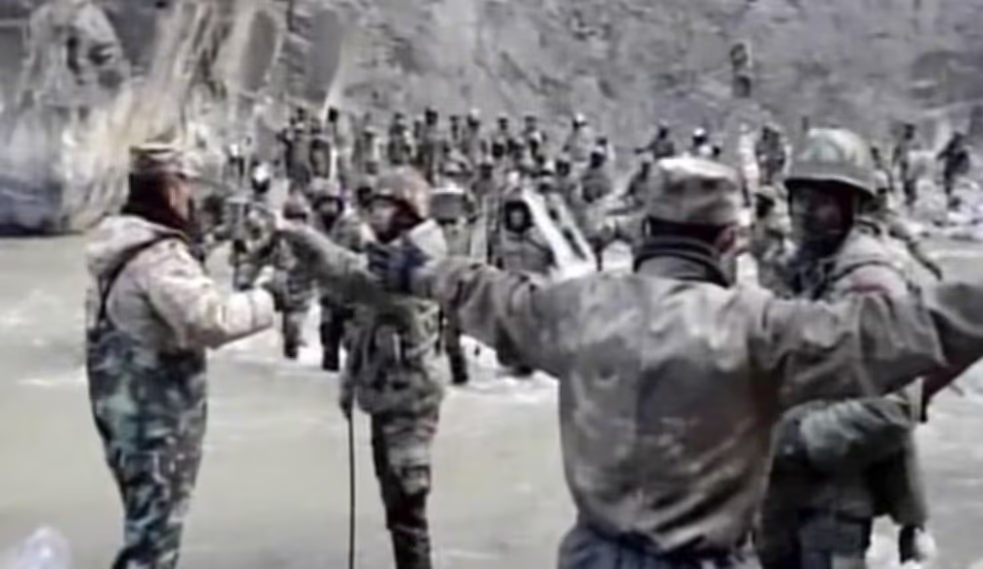
Source: aajtak
Steps Taken to Ensure Peace Along the Border So Far
Over three decades, India and China have entered into five significant agreements to maintain peace along the LAC. The first agreement was signed in 1993, followed by others in 1996, 2005, 2012, and 2013.
After the 1962 war, relations between India and China soured. In 1988, then Prime Minister Rajiv Gandhi visited China, playing an essential role in mending relations. This improvement led to the agreements in 1993 and 1996.
In 1993, then Prime Minister P.V. Narasimha Rao visited China, meeting the Chinese Premier Li Peng. During this visit, it was agreed that neither country would use force or military against the other, and if any troops mistakenly crossed the LAC, they would be immediately informed and would return. The agreement also stated that if tensions rose, both nations would assess the situation at the LAC and find a resolution through discussions. Additionally, it included provisions for notifying military exercises. This agreement was signed by then Minister of State for External Affairs R.L. Bhatia and Chinese Vice Foreign Minister Tang Jiaxuan.
Notable Clashes Along the Border Over the Years
- 1962:
On October 20, China launched a full-scale attack on India, penetrating several kilometers from Ladakh to Arunachal. China unilaterally declared a ceasefire on November 21, 1962, by which time it had captured Aksai Chin. However, they withdrew from Arunachal's Tawang under the ceasefire agreement.
- 1967:
Near the Nathu La pass in Sikkim, a clash occurred between the two armies. Chinese troops attacked with machine guns, resulting in the deaths of 80 Indian soldiers and 300-400 Chinese soldiers.
- 1975:
In Arunachal Pradesh's Tulung La, Chinese forces attacked an Assam Rifles patrol team, killing four Indian soldiers in an ambush.
- 2017:
In June, Chinese forces began constructing a road in Bhutan's Doklam, leading to a standoff with Indian forces for 73 days. No violence ensued, but tensions remained high until China agreed to withdraw its troops.
- 2020:
On June 15, Indian and Chinese troops clashed violently in the Galwan Valley, resulting in the deaths of 20 Indian soldiers. China officially acknowledged only four casualties.
- 2022:
In December, a skirmish occurred near Tawang in Arunachal Pradesh as Chinese forces attempted to infiltrate, which was firmly repelled by Indian troops, injuring at least six Indian soldiers.
